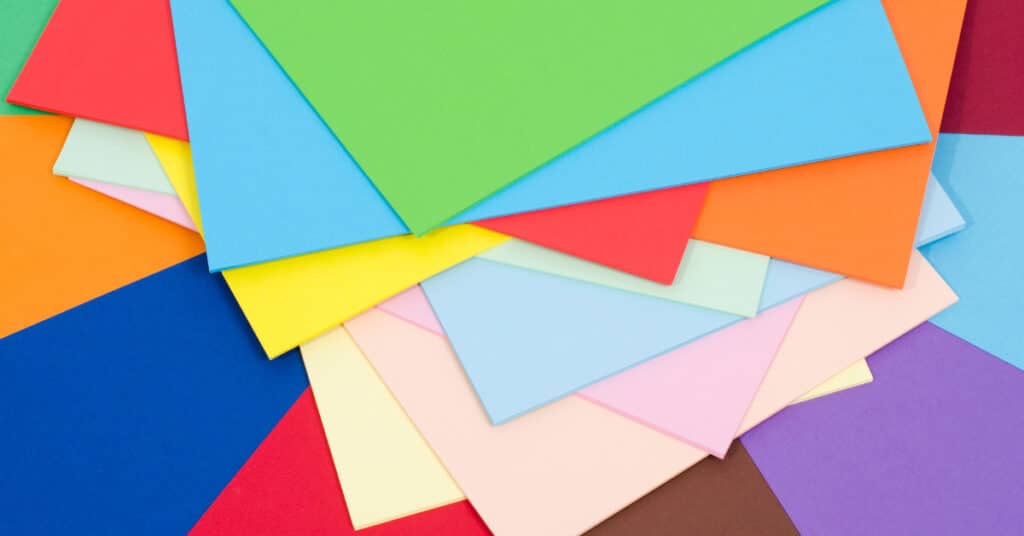Ever Wondered Where The Paper Comes From?
Introduction
Do you remember the last time you used paper? It could be to scribble down a quick note or print out a document for work. Whatever the reason, paper is an essential part of our daily lives. But have you ever stopped to wonder where the paper comes from? The answer may surprise you.
Let me take you on a journey to discover where paper comes from! It all starts with a tree. Yes, that’s right, a tree! Paper is made from wood pulp, which is extracted from trees. The most commonly used trees for paper production are conifers, like spruce and pine, but other types of trees, like eucalyptus and birch, can also be used.
The first step in making paper is to turn the wood into pulp. This is done by chemical pulping, where the wood is mixed with chemicals like sodium hydroxide and sodium sulfite. The chemicals break down the wood fibers, creating a slurry of pulp.
Next, the pulp is cleaned and bleached to remove impurities and make the paper white. The cleaned pulp is then spread onto a moving mesh screen, where the water is drained away, leaving behind a sheet of wet pulp. The wet pulp is then pressed and dried to remove any remaining water, resulting in a sheet of paper. The paper is then rolled into large rolls and sent off to be cut and packaged.
But did you know that paper has been around for thousands of years? The ancient Egyptians used paper made from papyrus reeds, while the Chinese invented paper made from mulberry bark and other plant fibers around 100 BCE.
Today, paper is used in many products, from books and magazines to toilet paper and tissues. And while we still rely on trees to make paper, more sustainable options are now available, like recycled paper and paper made from alternative fibers like bamboo and hemp.
Recycling is an important part of the paper-making process, as it helps to reduce the number of trees that need to be cut down. When you recycle paper, it is broken down into fibers and turned back into pulp. This pulp can then be used to make new paper products, reducing the need for virgin wood pulp.
Another sustainable option is paper made from alternative fibers like bamboo and hemp. These fibers grow much faster than trees and require fewer resources, making them a more sustainable choice for paper production.
But paper isn’t just made from wood pulp and alternative fibers. Other materials like cotton, linen, and even old clothes can be used to make paper. In fact, paper made from cotton fibers is often used for high-end stationery and art prints.
Conclusion
So the next time you use paper, remember that it all started with a tree! And if you want to reduce your paper usage, try using digital alternatives like e-books and e-tickets, and always remember to recycle your paper products. With sustainable options and responsible recycling, we can help to ensure that the paper we use today doesn’t come at the expense of our planet’s future.








